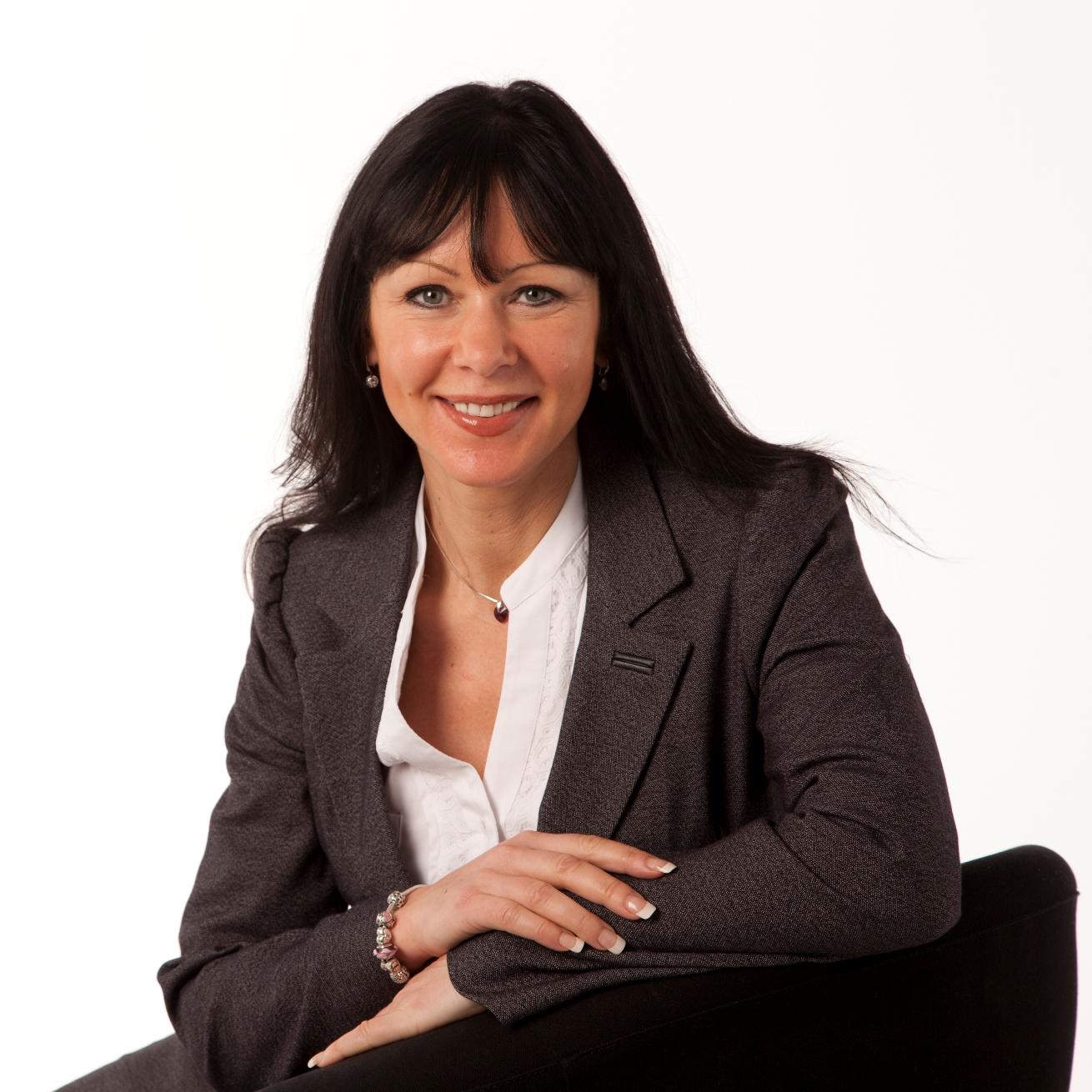Fasting diets are less of a diet, where certain foods are recommended and others are eliminated, and more of a plan where you eat within a certain time frame of the day and this may lead to weight loss. There are several types of fasting diets, with the most popular probably being the 16/8 Intermittent Fasting diet where you eat for 16 hours of the day and fast for 8 hours, for instance eating between the hours of 11am – 7pm then fasting from 7pm till the next morning at 11am.
- Home►Get inspired►Articles►mediterranean diet
Different kind of Diets


Scroll directly down to

Different kind of Diets
There are so many diets out there and many of them have a unique structure, however what works for one person may not work for others. There are so many variables which can affect how successful a diet would be for you, from how active you are, food preferences – or even allergies – and how much time and energy you have to shop & prepare for a particular diet. So, let’s take a look at some of the diets and what’s involved in each one; so you can make an informed choice about whether it would be successful for you.
Start on Atkins today and receive more meal plans for free!
Keto Diet
The Keto Diet is often thought of as the Atkins diet, as it does share many similarities; both are low in carbohydrates and high in fat; with moderate protein intake. On the Keto diet – as with Phase one of Atkins – you cut down on carbohydrates and your body goes into ‘ketosis’ which is when you burn fat for fuel instead of glycogen. Glycogen comes from carbohydrates and is the first source of fuel used by the body, in the absence of it – when you cut carbs – you burn a combination of bodyfat and the dietary fat you eat; so naturally lose weight.

The original Keto diet was formulated in the 1970s and was used to control epilepsy in children, it does still have this use; as well as being used for other medical conditions; but many turn to it for weight loss solely too.
As well as weight loss, the Keto diet controls blood sugar levels which may help to control certain risk factors for cardiovascular disease. Many report increased energy levels, better skin and mental clarity, amongst other benefits too. The high fat/moderate protein intake on this diet makes it fairly easy to stick to as these two macronutrients are naturally more filling and keep you feeling satisfied for longer; so you don’t feel hungry once your body has gone into ketosis after a day or two on the keto diet.
Carnivore Diet
This diet is summed up by its title and perfect for those who enjoy eating meat, fish, cheese etc and have a lower preference for vegetables! As you mainly eat meat, fish, eggs, some dairy and animal fats; the Carnivore diet is naturally low in carbohydrates and high in protein & fat. You can’t eat vegetables, fruit, nuts or seeds or legumes; as well as grains – all carbohydrate containing foods.
As with the Keto diet, you’d go into ‘ketosis’ where your body burns fat for fuel however it’s much less balanced as you are eliminating many of the foods we’ve always thought of as the healthiest, such as fruits and vegetables. Plant based foods also provide many vitamins and antioxidants so you may lack these on the Carnivore diet. For this reason, many find it harder to stick to this diet and may lead to complications, such as constipation, due to the lack of fibre..
Start on Atkins today and receive more meal plans for free!

This diet is adaptable though and you can change the hours where you eat, to suit your lifestyle. Or even just fast for a day or two each week or just skipping one meal per day. Weight loss is a result of eating fewer calories overall but, also, this type of eating plan can stabilise blood sugar levels so you don’t get the highs & lows caused by eating lots of high carb/processed foods on a regular basis. Another positive is that studies have shown that intermittent fasting can result in a greater loss of bodyfat and less muscle mass, which is often seen with low calorie diets.
Intermittent fasting is less about ‘what’ you eat and more about ‘when’ you eat. There are no specific restrictions on foods you eat but, obviously, choose healthy foods otherwise this will negate the effects of the fasting.
Diabetes Diet
When you are diagnosed with diabetes, or even pre-diabetes, you tend to work with your doctor; or a nutritionist, who develops a diet plan for you which will help to control blood sugar levels. This type of diet is called the Diabetes diet and tends to be very well balanced and it’s not recommended that you skip meals but stick to 3 meals a day. For this reason, many people – even those without diabetes – find it easy to stick to. The Diabetes Diet is lower in calories than many popular diets and you avoid too much dietary fat. The main source of calories comes from fruits, vegetables and whole grains. Good fats, such as olive oil, are encouraged as well as fish such as salmon which are known to have heart-healthy fats in them. Processed, red meats, too much salt and sugar are also discouraged on this diet.
Start the Atkins diet for free
Are you looking for a diet that has clear guidelines, ensures that you lose weight and also provides free weekly recipes, meal plans and support & tips? Register now for free to the Atkins diet!
Start with the free Atkins diet
